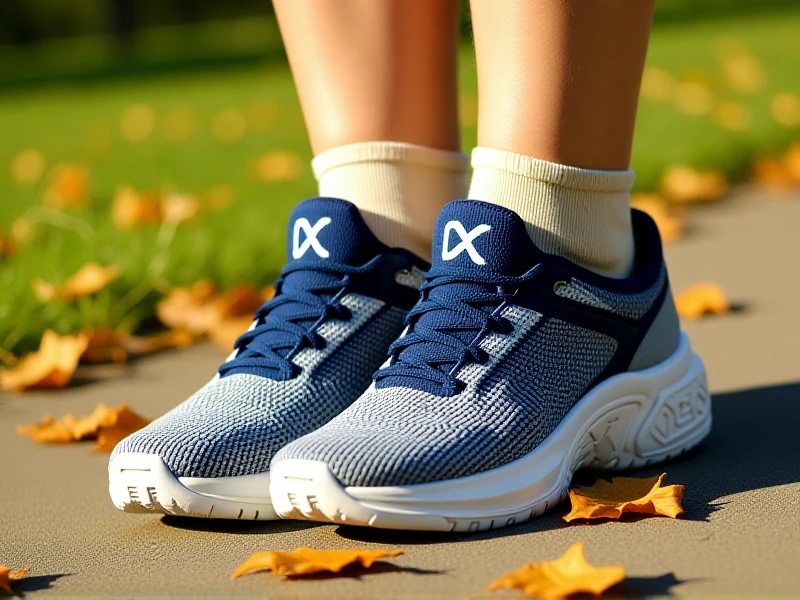Finding Your Perfect Fit: Key Features in Sports Shoes

Choosing the right pair of sports shoes isn't just about style; it's foundational to performance, comfort, and injury prevention. With the massive variety of athletic footwear available, understanding key features helps you find the ideal match for your chosen activity and foot type. The best sports shoes directly support your goals, whether conquering miles on the road, dominating the court, or simply staying active.
Activity reigns supreme. Sports shoes are meticulously engineered for specific purposes. Running sneakers prioritize cushioning and forward motion, offering shock absorption for repetitive impact on hard surfaces. Basketball shoes emphasize ankle support, lateral stability, and responsive cushioning for quick cuts and jumps. Cross-training models find a middle ground, providing versatility for gym sessions combining weights, aerobics, and agility work. Choosing shoes designed for your sport drastically improves safety and experience.
Foot anatomy plays an equally critical role. Understanding your arch type (neutral, low, or high) is essential for finding adequate support. Those with flat feet often benefit from sports shoes with structured stability or motion control features to prevent overpronation. High arches typically require shoes offering enhanced cushioning and some flexibility. Many specialty running stores offer gait analysis to pinpoint your specific needs.
Cushioning level is a personal preference heavily influenced by activity intensity and individual comfort. Some athletes prefer maximal cushioning for long distances (like marathon running shoes), soaking up impact for joint protection. Others favor minimalist designs or firmer midsoles for a more responsive, ground-connected feel during speedwork or court sports. Try different levels to discover what feels best to you.
Getting the fit absolutely right is non-negotiable. Your sports shoes should feel comfortably snug in the heel and midfoot, preventing slippage, while offering ample room (about a thumbnail's width) in the toe box to allow natural splay during movement. Always try shoes on later in the day when feet are naturally slightly swollen, and wear the type of socks you typically use for sports. Walk, jog, or mimic sport-specific movements in the store.
Finally, consider materials and breathability. Modern mesh uppers offer excellent ventilation, keeping feet cooler during intense workouts. Durable synthetic overlays provide structure and support where needed.
Investing time in selecting the perfect sports shoes pays major dividends. Proper footwear unlocks potential, boosts enjoyment, protects your body, and helps you achieve your athletic aspirations safely and comfortably. Your feet (and your performance) will thank you.